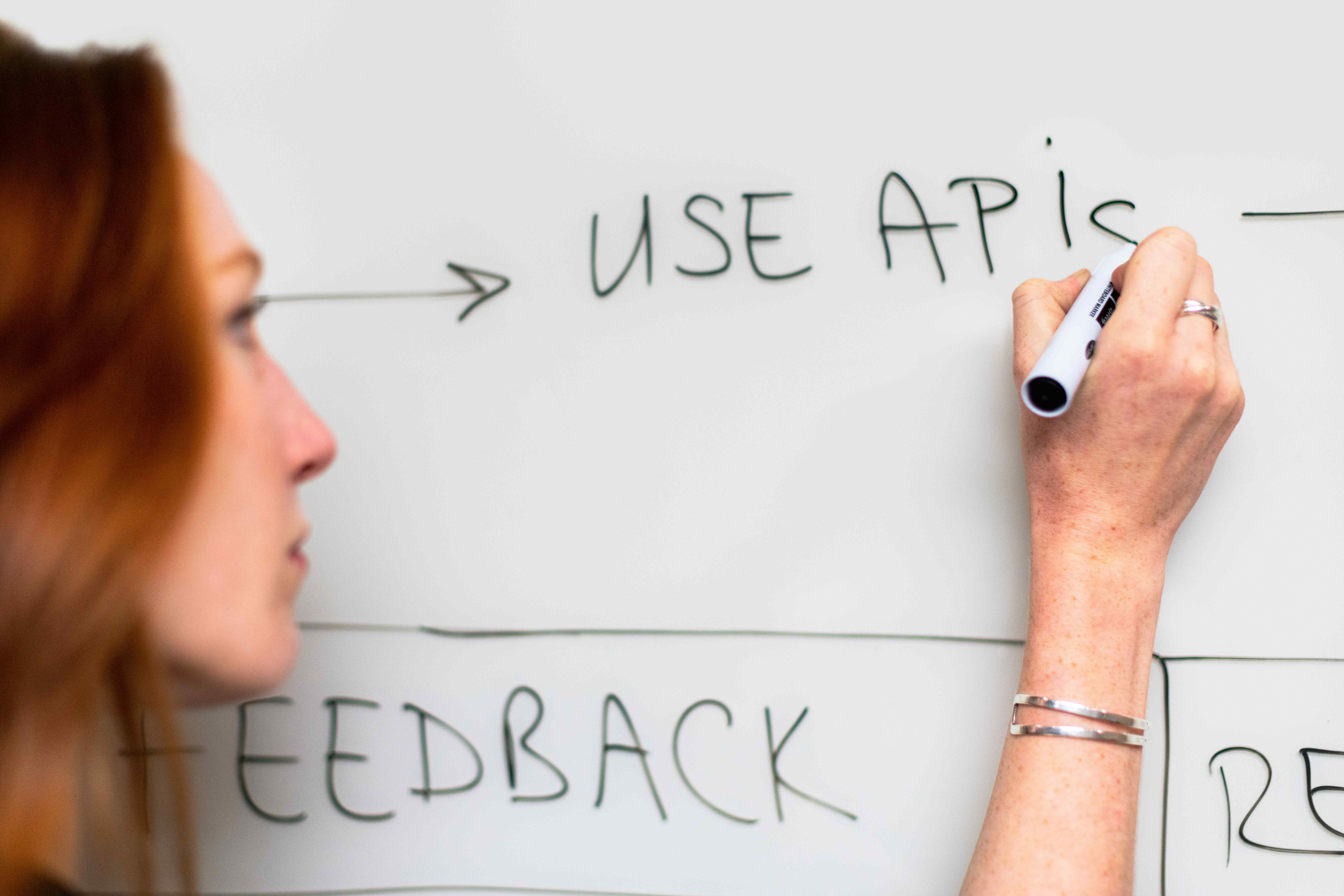Adding Rollbar Error Tracking to Ionic + Angular
14 July, 2021A quick how-to guide to adding Rollbar cloud error logging to your Ionic app with Angular
Adding Sign-in with Apple to Ionic Capacitor Apps with Firebase
23 August, 2021Authentication is vital for any app with user accounts. Apple requires that their authentication provider is available on all apps submitted to the iOS app store.
API Versioning with NodeJs and Express
30 August, 2021Setting up an API with NodeJs and Express is a topic that is well covered and documented. But what happens when your API requirements expand beyond having a simple CRUD offering? API versioning can help with this. Anytime you see an API url with /v1/ in it, the API is using an internal versioning setup. In this post we'll cover one simple way to configure this with NodeJs and Express.
Connecting to a SQL Server Database via NodeJs
01 November, 2021Every full-stack application in production today probably connects to a database of some variety, whether that be a NoSQL database like MongoDB, a MySQL database like MariaDB, a SQL Server database like those provided by Azure or any other variety. This means that knowing how to wire up a stable connection to these databases from your NodeJs API is a critical skill.
Create a NodeJs REST API
18 August, 2022REST APIs are a key building block of the Internet as we know it, along with being an essential component of any full-stack web application by providing a bridge between our users and our database. Luckily, an API can be built using many different technologies and languages. If you're a web developer with Javascript knowledge, using NodeJs to build an API is a no-brainer.
Creating a Realtime Chat with NodeJs, Express and Socket.io
14 July, 2021Step-by-Step guide to setting up an express server to run as a realtime chat server
Extend The Azure Functions Execution Timeout Value
13 September, 2022The default maximum execution time of an individual Azure Function is 5 minutes. Sometimes, there will be a need to have a function that takes longer than that to execute. There are arguments that any function that takes that long should have the architecture changed to delegate the workload differently, however, if you need just a little bit more time, there is a way to enable this without having to re-architect the function.
How to calculate the number of days between two dates in javascript?
20 September, 2021Date manipulation and calculations are core to a huge amount of enterprise business logic. Being a wizard at using dates and turning them into simple values to run your logic on is critical. Knowing how to calculate the number of days between two dates is an essential piece of logic to have in your utility belt. This post will explain clearly how the math works as well as creating a simple utility function that can be used anywhere.
How to Calculate the Number of Months Between Two Dates in Javascript
05 November, 2021Manipulating dates in Javascript is an extremely common requirement for a large number of apps and server logic (when using NodeJs). The ability to retrieve the number of months between dates is a very common and useful skill to have in your toolkit.
How to Deploy a NodeJs App to Ubuntu Virtual Machine with Azure DevOps Pipelines
30 December, 2022Deploying a NodeJs app to an Ubuntu Virtual Machine hosted with Azure using Azure DevOps should be pretty straightforward. Turns out, it is quite a lot more finicky than might appear!
How to setup an Angular HTTP Interceptor
16 August, 2021An HTTP interceptor is a piece of logic that is able to attach to a HTTP request or response. This logic can then modify the data being transferred.
How to set up Scheduled Functions with NodeJs, Express and Node-Cron
21 September, 2021Building an API with NodeJs and Express is always a key building block of any full stack application. In conjunction with managing user requests, a NodeJs API application can also help maintain database integrity by performing scheduled maintenance checks to ensure everything remains in solid working order.
How to Use Environment Variables in An Angular App
05 September, 2021Environment variables in an Angular app are extremely useful for storing constants in your app that need to be used frequently, such as API url's, API access keys, Firebase config values and other general flags.
How to use Environment Variables in NodeJs with Express and Dotenv
22 September, 2021Environment variables in NodeJs are essential for setting configuration options as well as storing important values securely. The environment variables allow you to store API keys and other configuration secrets independently from your main codebase and separate from your git repository so they never get checked in anywhere. Being able to configure and consume these variables is essential in creating solid, production-ready NodeJs APIs for all applications.
HTTP Interceptors in a Create-React-App with Axios
30 August, 2021A how-to for adding HTTP interceptors to a Create-React-App app with the Axios npm library to check and modify request and response headers for all HTTP requests
Integrating Firebase with Ionic + Angular
14 July, 2021A quick how-to guide for adding Firebase into an Ionic application using Angular
Remove Duplicate Entries From a Javascript Array
04 November, 2021Arrays are one of the most common data structures you will use in Javascript. They create lists for displaying to users that can be simple or contain complex data objects. Creating lists that have clean information in them is vital for a good user experience. One way to do this is to make sure you are not displaying the same information multiple times.
Setting Up an HTTP Server with Bun
09 January, 2024Bun is a lightweight and flexible framework for building HTTP servers and APIs in the mould of NodeJs. This post will guide you through the initial configuration set up of a Bun HTTP server.
Sorting an Array of JavaScript Objects in a Specific Order
17 July, 2021Sorting an Array of JavaScript Objects in a Specific Order is a use case that comes up quite frequently when building UI layouts to meet client specifications. Unfortunately, it is more challenging than a standard array sort and requires additional setup work.
Using Regex to Add Spaces Before Capital Letters in a String
04 April, 2023Quite often as a frontend developer, you will want to use a string returned from an API as a header or a label in one way or another. Perhaps as a tab title or in a card for a dashboard. Unfortunately, the API may not be aware of this, nor capable of returning a string formatted in a nice way to allow the label to be human-readable.
What is Function Recursion
25 April, 2023You'll often hear or read that a recursive function was used to solve a programming problem that arose during the development of a piece of software. So, what is a recursive function, how does it work and when or why would the need to use one occur?
What is Memoization?
08 May, 2023Memoization is a term you will come across at some stage when reading about frontend frameworks, libraries and in various packages you may need to use. This post will explain what memoization is, why use memoization and how to implement memoization.
What is Server Caching and When to Use Caching
17 April, 2023Web server caching is the storage of frequently accessed data in a secondary, temporary location to reduce the overall load on a web server. Caching allows data to be served directly from memory which can be faster and more efficient than making multiple connections to the actual database.




